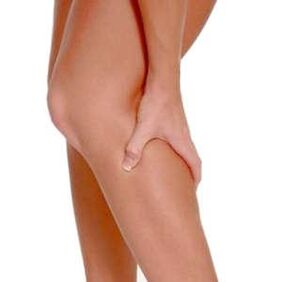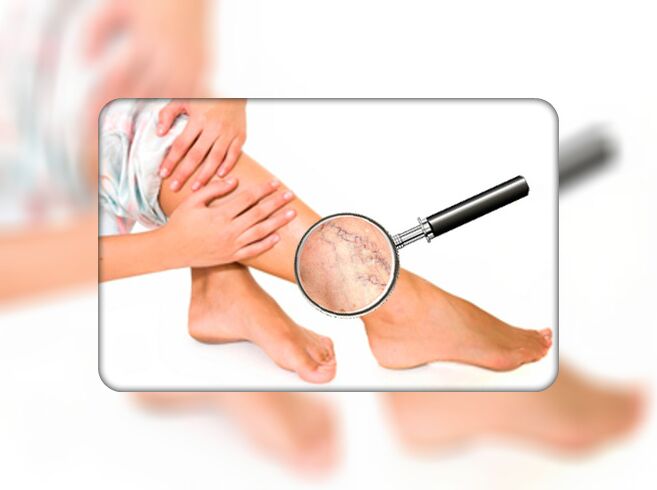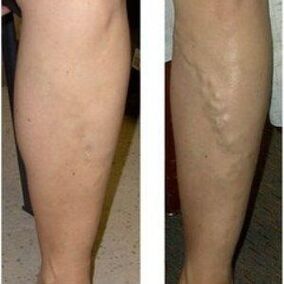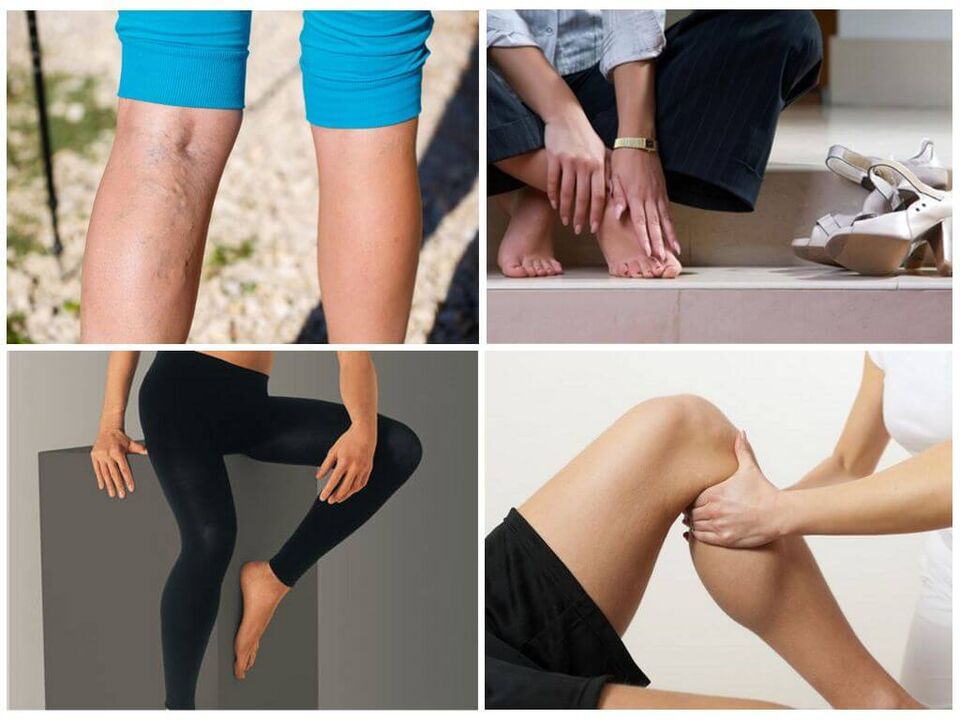Varicose vessels in the legs are most often sensitive to, as the lower extremities are every day experience a large load. Different forms of this pathology are observed in every 3 women and in every 5 men.

The disease is characterized by certain clinical manifestations and complications that can significantly affect work ability and quality of life. Further, we will talk about varicose veins in the foot and everything related to this phenomenon.
What is varicose veins
The varicose veins in the legs are a pathological condition, associated with changes in the container (burlap, growth in length, joint formation) as a result of improper functioning of venous valves and damaged blood flow.
This disease has been known since ancient times, which is confirmed by numerous archaeological excavations.
REFERENCE. Today, every 4 people on the planet suffer from such a pathology.
The appearance of the disease is that 50% of people don't even know they have the initial stage of the disease. Most often, women undergo such a disease due to the features of the flow of perestroika in the hormonal system.
To understand what varicose veins are in the legs, we turn to the traits of the anatomical structure and physiological processes of the circulatory system.
Vienna - vessel through which blood flows from the organs of the body to the heart. But the arteries hold blood in the opposite direction - from the heart muscle to tissues and organs.
Unlike the latter, the veins have a small portion of muscle tissue, therefore, one -sided valves have one -sided valves to prevent an opposite blood flow.
If for some reason these valves cease to function normally, thenThere is a bloodstream and blood, that is, it does not flow as it should, but down.
As a result, a congestive phenomenon is formed - the blood accumulates in the foot and under its pressure the vessels begin to expand and deform.
The consequences of such processes will soon be seen in the naked eye. Blue-green or bluish lines, then climb tightly over the surface of the skin, become visible under the skin.
With age, the pathological condition usually deteriorates because it first develops quite slowly, and then progresses quickly.
Reason

The causes of varicose veins of the lower extremities are quite diverse. Scientists devoted a lot of time to studying this problem, not characteristic of other living beings.
REFERENCE. Some believe that this is a kind of punishment of mankind to possess the possibility of justice, as a result of which the feet experience great pressure on the entire body weight.
Moreover, experts set a whole list of factors due to which varicose veins appear on the foot. These include:
However, these are not all the reasons that provoke the development of pathology. There is another point, which is from which varicose veins and is associated with disorders in the nervous system and a person's psychological state.
Varicose vein psychosomatics
Psychosomatic- a direction in psychology, which studies the impact of psychological factors on the development of somatic (body) diseases.
It is long known thatAll processes in the human body are controlled by a brain that is controlled by consciousness.
Therefore, it is believed that the causes of all diseases are in the head and are psychosomatic.
This means that the emergence of deviations in health provokes internal experiences or exposure to stress.
REFERENCE. In oriental medicine, it is believed that varicose veins are a psychosomatic disease.
The causes of varicose vein psychosomatics are such psychological states:

All of this adversely affects the body's nervous system and occurs below.The elasticity of the vascular walls is regulated by the edges of the nerve fibers.
Under the action of such psychological factors, the nature of their activity is changing. As a result, the vein tone decreases, the lumen on the vessel increases, which prevents the function of the valves.
Varicose vein therapy, which were raised on the nerve soil, requires a special approach and with the participation of some specialists of different profiles.
Symptoms
This disease is characterized by characteristic symptoms that are quite easy to determine.
The initial symptoms of venous circulatory disorders are:
If you do not detect or start therapy of such pathological processes, then the disease will continue its progress and new ones will be added to existing symptoms: new:
Moreover, swelling of the feet can be observed, which is a serious warning of the dynamic development of the disease, as deep veins are no longer able to cope with their work.
ReferenceLack of treatment can cause the development of complications in the form of thrombophlebitis, trophic ulcers, bleeding.
How varicose veins develop
Previously, a mechanism for the development of venous enlargement of the veins in the foot, which consists of the wrong blood flow (down) was considered due to the work disorders of the special valves.
As a result, the symptoms of pathology characterized by the sequence of development are manifested.
The manifestations and course of the disease in each individual case hold their own characteristics, which depend on the patient's age, his health and the cause of the phenomenon development.

Standing
The disease goes through several stages of development: from small signs to diluted veins in the legs and pain sensations.
Doctor of Medical Sciences V. S. Savelyev systematized the stages of the development of the disease, depending on the degree of progress and the body's ability for self -healing.
Visual change in lower extremities as a result of the development of varicose veins
In total, he identified 3 stages of the course of the disease:
At the decompensation phase, all body systems suffer:Weakening of bone and muscle tissue occurs, the hair begins to fall out.
Do not delay treatment, giving pathological processes to go through all degrees of development. The sooner the therapy begins, the more effective it is.
Standing
There is no diagnosis of varicose veins in the international classification of diseases, however, often manifests in this part of the foot.
ReferenceVery often, the varicose disease of the lower extremities begins with the feet.
Developing such a trouble in the foot occurs almost the same way as in the rest of the legs, with the exception of some points.
At first there is a slight swelling of the footwhich is rarely observed. With a further course, addedPain and a feeling of explosion on the thumb.
ManifestflammableWith prolonged walking.
If nothing is done at this stage of development, then the disease will progress further with the appearance of a vascular mesh on the inner or outer side of the foot and expanded blue veins.
ReferenceVaricosis on the toes can also occur at a young age.

If you do not take the necessary measures, then the disease will go further, appearing on the feet, calves, buttocks.
cONcluSiON
Since this disease is very common, it is worth knowing everything about varicose veins: from developmental features to symptoms and causes.
Such knowledge will help not only in time to determine and start treatment, but also to prevent the appearance of pathology.






















